Eggplant Parmigiana Recipe with a Little History Lesson
I love eggplant Parmigian and I have prepared it many different ways – in sauce, by itself, thick, thin, different types of cheeses. I don’t care. Give me fresh eggplant fried just right with a good tomato sauce and I’m happy.
The photos are mine from different times I’ve made it. You may notice spaghetti in one photo and penne in another. That’s because they are from different times with different recipes. Mark’s article will give you a little history as well a offer you his recipe for making this classic meal.
Eggplant Parmigiana History
Eggplant parmesan is a popular Italian dish that consists of slices of eggplant that are breaded and fried, and then layered with tomato sauce, cheese, and other ingredients and baked until bubbly and golden brown. It is believed to have originated in the southern region of Italy, possibly in the city of Naples.
Eggplant parmesan is thought to have originated in the 17th or 18th century, and it was likely inspired by the traditional Italian dish known as parmigiana di melanzane, which is made with slices of eggplant that are coated in breadcrumbs and fried, and then layered with cheese and tomato sauce. Eggplant parmesan has since become a popular dish in many parts of Italy and beyond, and it is enjoyed around the world as a delicious and satisfying vegetarian main course.
There are many variations of eggplant parmesan, and the ingredients and methods of preparation can vary widely depending on the region and the personal preferences of the cook. Some versions of the dish include the addition of meat or other vegetables, such as zucchini or bell peppers. Others include the use of different types of cheese, such as mozzarella or parmesan, or the addition of herbs or spices to the tomato sauce.
Despite its popularity, there is some debate about the origins of eggplant parmesan, and it is not clear exactly where or when the dish was first created. What is certain, however, is that it is a beloved and enduring dish that has stood the test of time and continues to be enjoyed by people around the world.
Parmesan or Parmigiana?
Parmesan and parmigiana are two different things. Parmesan is a type of cheese that is traditionally made from cow’s milk and has a hard, granular texture. It is named after the Italian region of Parma, where it originated. Parmesan is an aged cheese that is typically aged for at least one year, and it has a rich, nutty flavor that is perfect for grating over pasta dishes, salads, and other dishes.
On the other hand, parmigiana (also known as parmigiana di melanzane or eggplant parmesan) is a popular Italian dish that consists of slices of eggplant that are breaded and fried, and then layered with tomato sauce, cheese, and other ingredients and baked until bubbly and golden brown. Parmesan cheese is often used in the preparation of parmigiana, but it is not the only ingredient. Other common ingredients include tomato sauce, mozzarella cheese, and basil. Parmigiana is typically served as a main course, and it is a popular vegetarian option.
So, to sum up, parmesan is a type of cheese, while parmigiana is a dish that is made with a variety of ingredients, including parmesan cheese.
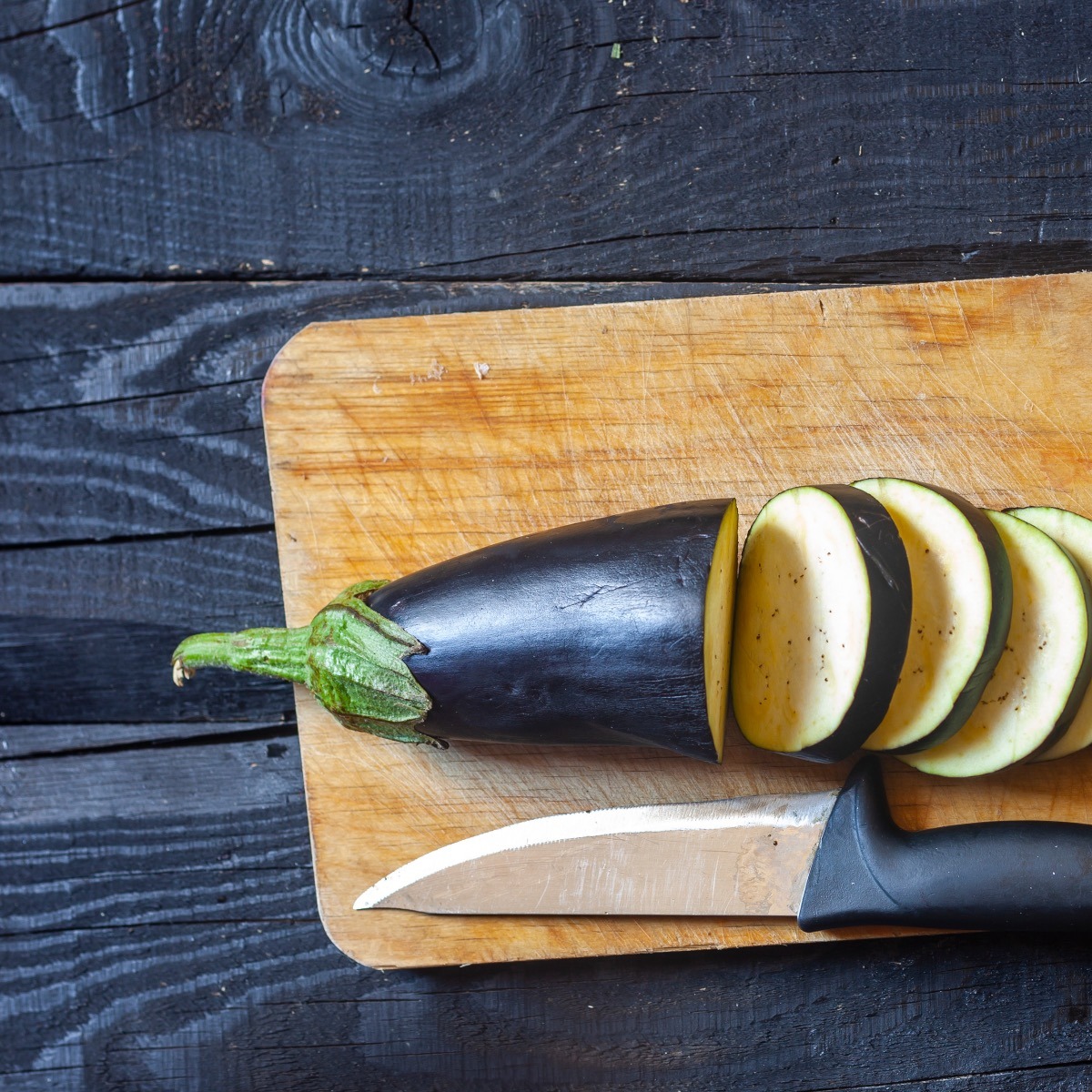
How to Keep the Coating Crisp and the Interior Tender?
Here are a few tips for keeping the eggplant parmigiana coating crisp and the interior tender:
- Use a mandoline or a sharp knife to slice the eggplant into thin, even rounds. This will help to ensure that the eggplant cooks evenly and the coating stays crisp.
- Use a three-step breading process to coat the eggplant slices. Start by coating the slices in flour, then dip them in beaten egg, and finally coat them in breadcrumbs. This will help to create a crispy and well-adhered coating.
- Use a neutral-flavored oil, such as vegetable or canola oil, to fry the eggplant slices. These oils have a high smoke point and won’t burn or impart a strong flavor to the eggplant.
- Use a thermometer to monitor the temperature of the oil while frying the eggplant. The oil should be heated to between 350°F and 375°F (180°C and 190°C). If the oil is too hot, the eggplant will burn; if it is too cool, the coating will become soggy.
- Drain the fried eggplant slices on a paper towel-lined plate to remove any excess oil. This will help to keep the coating crisp and prevent the eggplant from becoming greasy.
- Use a light hand when adding the tomato sauce and cheese to the layers of eggplant. Too much sauce or cheese can make the eggplant soggy and overpower the flavor of the dish.
- Bake the eggplant parmigiana in a hot oven (350°F or 180°C) until the cheese is melted and bubbly. This will help to keep the eggplant tender and the coating crisp.
- Serve the eggplant parmigiana hot and fresh out of the oven. As it sits, the eggplant will become softer and the coating may become less crisp.
Choosing the Eggplant
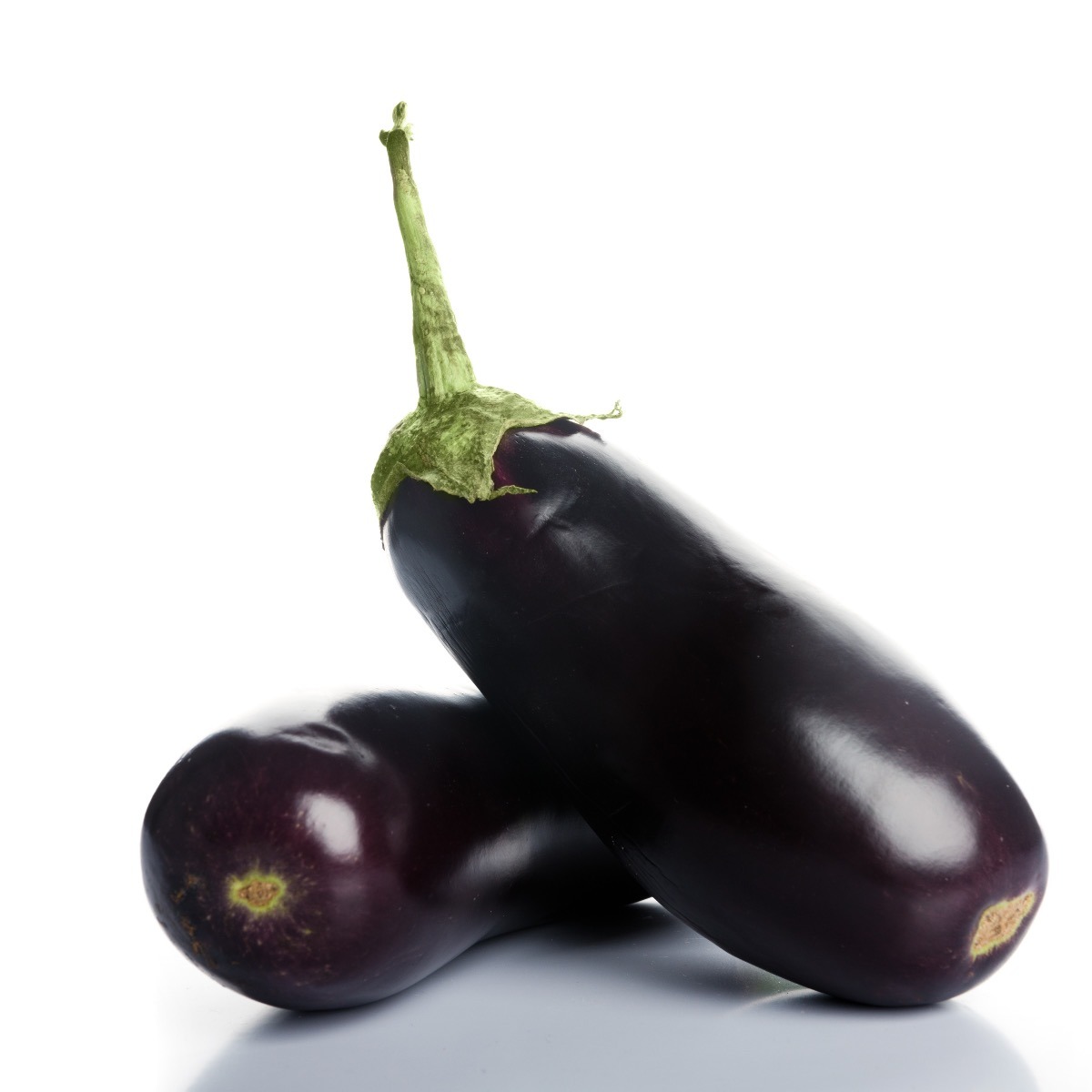
For eggplant parmigiana, it is best to use a type of eggplant that has a firm, meaty texture and is not too bitter. Some good options include:
- Italian eggplants: These eggplants are long and slender, with a deep purple skin and a firm, meaty flesh. They are the traditional choice for eggplant parmigiana and are widely available in supermarkets and farmers markets.
- Globe eggplants: These eggplants are round and plump, with a dark purple skin and a dense, meaty flesh. They are a good choice for eggplant parmigiana, as they hold their shape well during cooking and have a mild, slightly sweet flavor.
- Chinese eggplants: These eggplants are long and slender, with a thin, tender skin and a mild, slightly sweet flavor. They are a good choice for eggplant parmigiana, as they are less bitter than other types of eggplant and have a delicate texture.
Regardless of the type of eggplant you choose, it is important to slice the eggplant evenly and thinly (1/4 inch thick or less) to ensure that it cooks evenly and the coating stays crisp. Eggplant parmigiana is a delicious and satisfying dish that can be enjoyed as a main course or as a side dish. It is a great vegetarian option that is sure to be a hit with all ages.
To peel or not to peel?
It is generally not necessary to peel the eggplant for eggplant parmigiana. The skin of most types of eggplant is thin and edible, and it contains many nutrients and antioxidants. Additionally, the skin helps to hold the eggplant together during cooking, which is especially important when preparing dishes like eggplant parmigiana that require the eggplant to be breaded and fried.
That being said, there are a few reasons why you might choose to peel the eggplant for eggplant parmigiana:
- If the eggplant has a thick or tough skin, peeling it may help to reduce the bitterness and improve the texture of the finished dish.
- If the eggplant has blemishes or brown spots on the skin, peeling it may help to improve the appearance of the dish.
- If you are using a type of eggplant with a very dark or bitter skin, peeling it may help to reduce the overall bitterness of the dish.
To peel the eggplant, simply use a vegetable peeler or a sharp knife to remove the skin. If you choose to peel the eggplant, make sure to slice it thinly (1/4 inch thick or less) to ensure that it cooks evenly and the coating stays crisp. Eggplant parmigiana is a delicious and satisfying dish that can be enjoyed as a main course or as a side dish. It is a great vegetarian option that is sure to be a hit with all ages.
Salting
Salting the eggplant before cooking serves a few different purposes. Here are a few reasons why you might choose to salt the eggplant before cooking:
- To remove excess moisture: Eggplants contain a lot of water, which can make them soggy when cooked. Salting the eggplant before cooking can help to remove some of this excess moisture, which can help to prevent the finished dish from becoming too wet or soggy.
- To reduce bitterness: Some types of eggplant have a bitter taste, which can be unpleasant. Salting the eggplant before cooking can help to reduce the bitterness and improve the overall flavor of the finished dish.
- To improve texture: Salting the eggplant before cooking can help to improve the texture of the finished dish. The salt helps to soften the eggplant and make it more tender, which can be especially helpful when the eggplant is being fried or baked.
To salt the eggplant, simply slice it into the desired thickness (1/4 inch or less is generally best for eggplant parmigiana) and place the slices in a colander. Sprinkle the slices with a generous amount of salt and let them sit for 30 minutes to an hour.
The salt will draw out some of the excess moisture and reduce the bitterness of the eggplant. After the eggplant has been salted, rinse it under cold water to remove any excess salt, and pat it dry with paper towels before proceeding with the recipe.
Salting the eggplant is an optional step, but it is generally recommended for eggplant parmigiana and other dishes where the eggplant is being fried or baked.
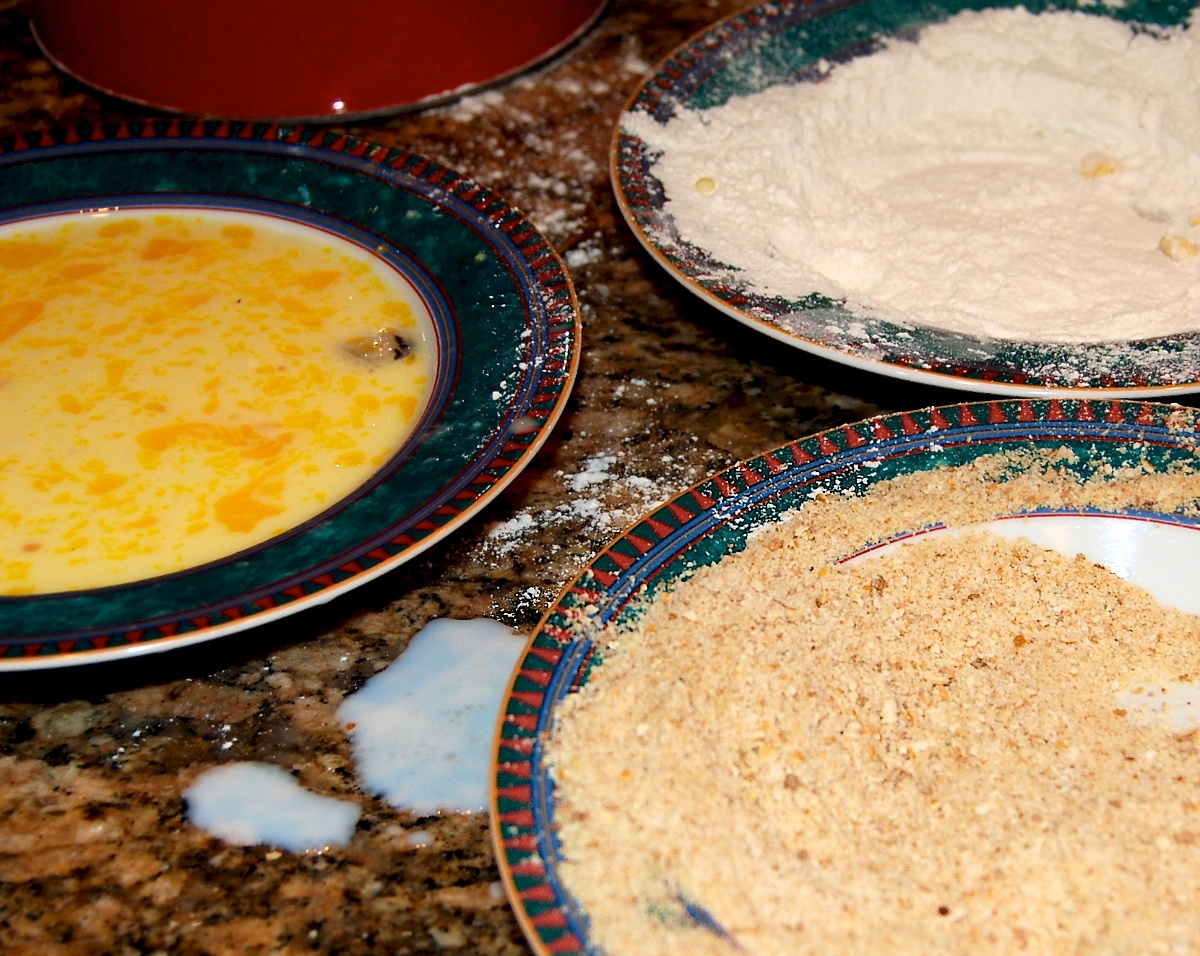
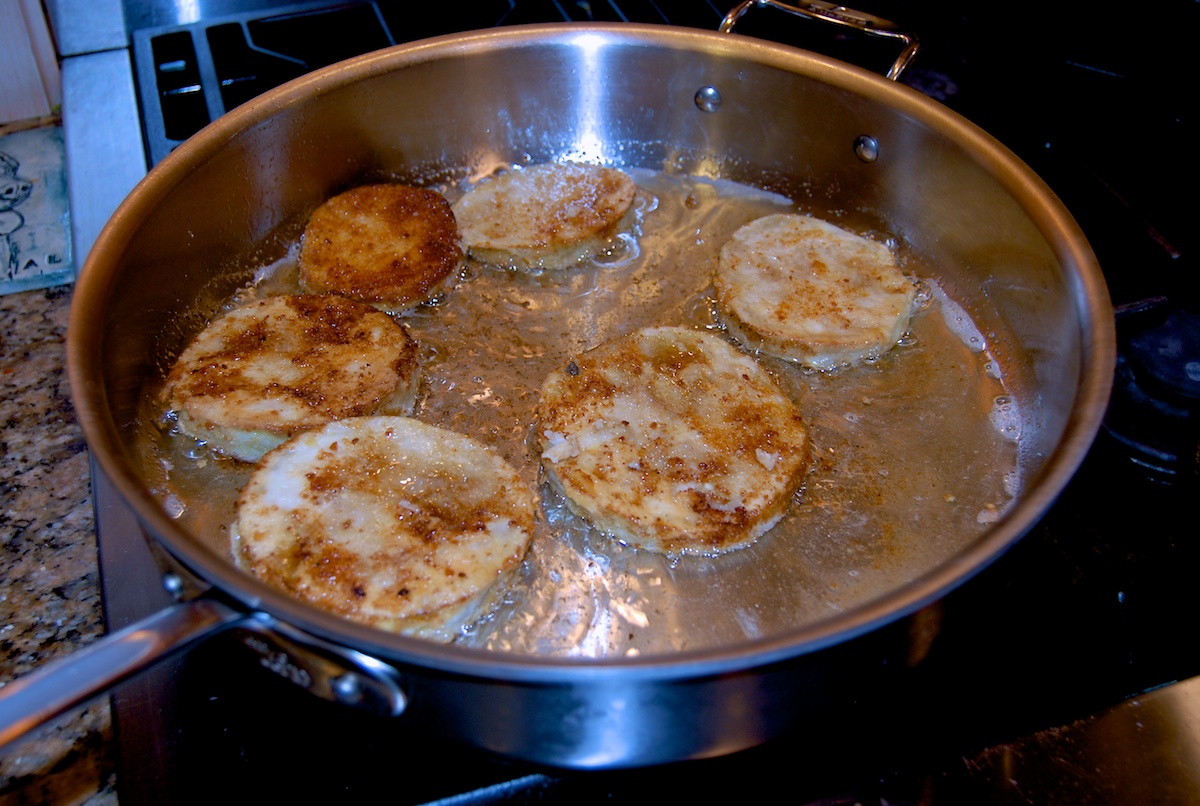
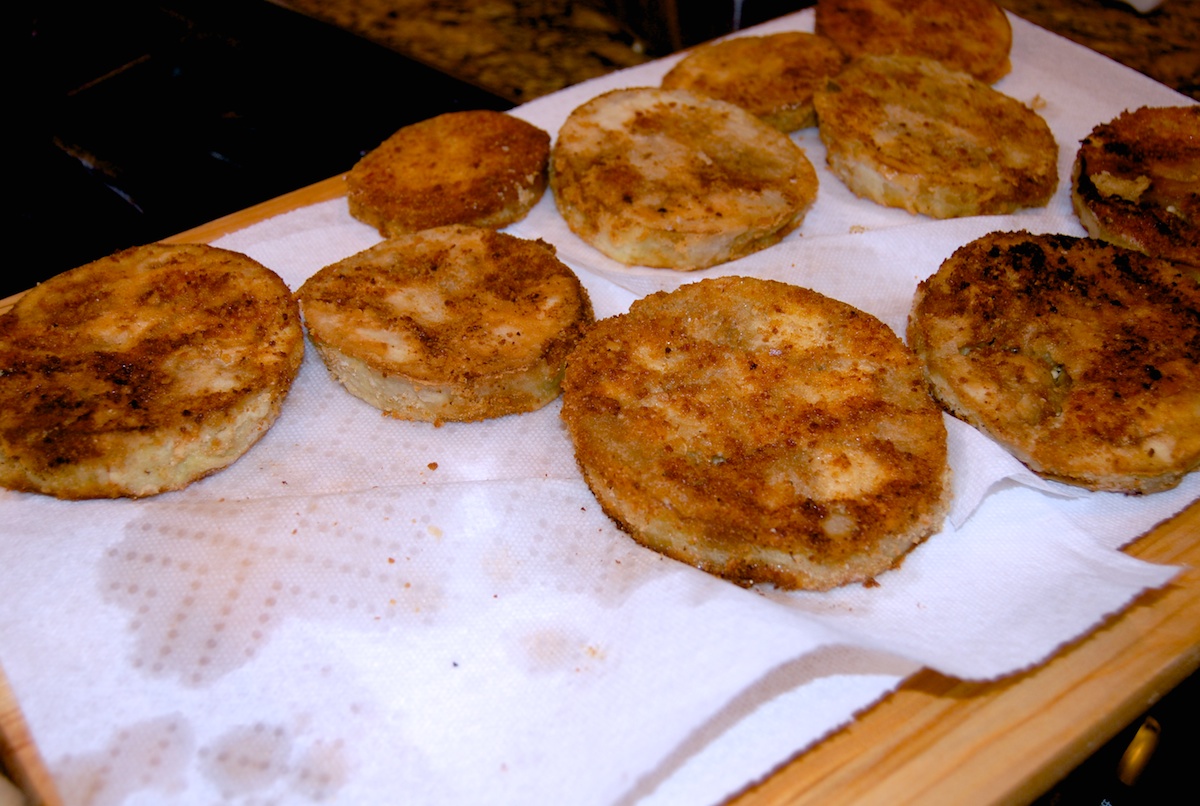

Tomato Sauce
For eggplant parmigiana, you can use any type of tomato sauce that you like. Some options include:
- Homemade tomato sauce: If you have the time and ingredients, making your own tomato sauce is a great option for eggplant parmigiana. You can use fresh or canned tomatoes, and you can add herbs, spices, and other flavorings to customize the sauce to your taste.
- Store-bought tomato sauce: If you are short on time, you can use a store-bought tomato sauce for your eggplant parmigiana. Look for a sauce that is made with high-quality ingredients and has a good balance of sweetness and acidity.
- Crushed tomatoes: If you prefer a more rustic, chunky sauce, you can use crushed tomatoes for your eggplant parmigiana. Simply pour the crushed tomatoes into a saucepan and heat them over medium heat until they are hot and bubbly. You can add herbs, spices, and other flavorings to taste.
Regardless of which type of tomato sauce you choose, it is important to season the sauce with salt and other spices to give it depth and flavor. You can also add a little sugar or honey to balance the acidity of the tomatoes and give the sauce a rounder, more complex flavor.
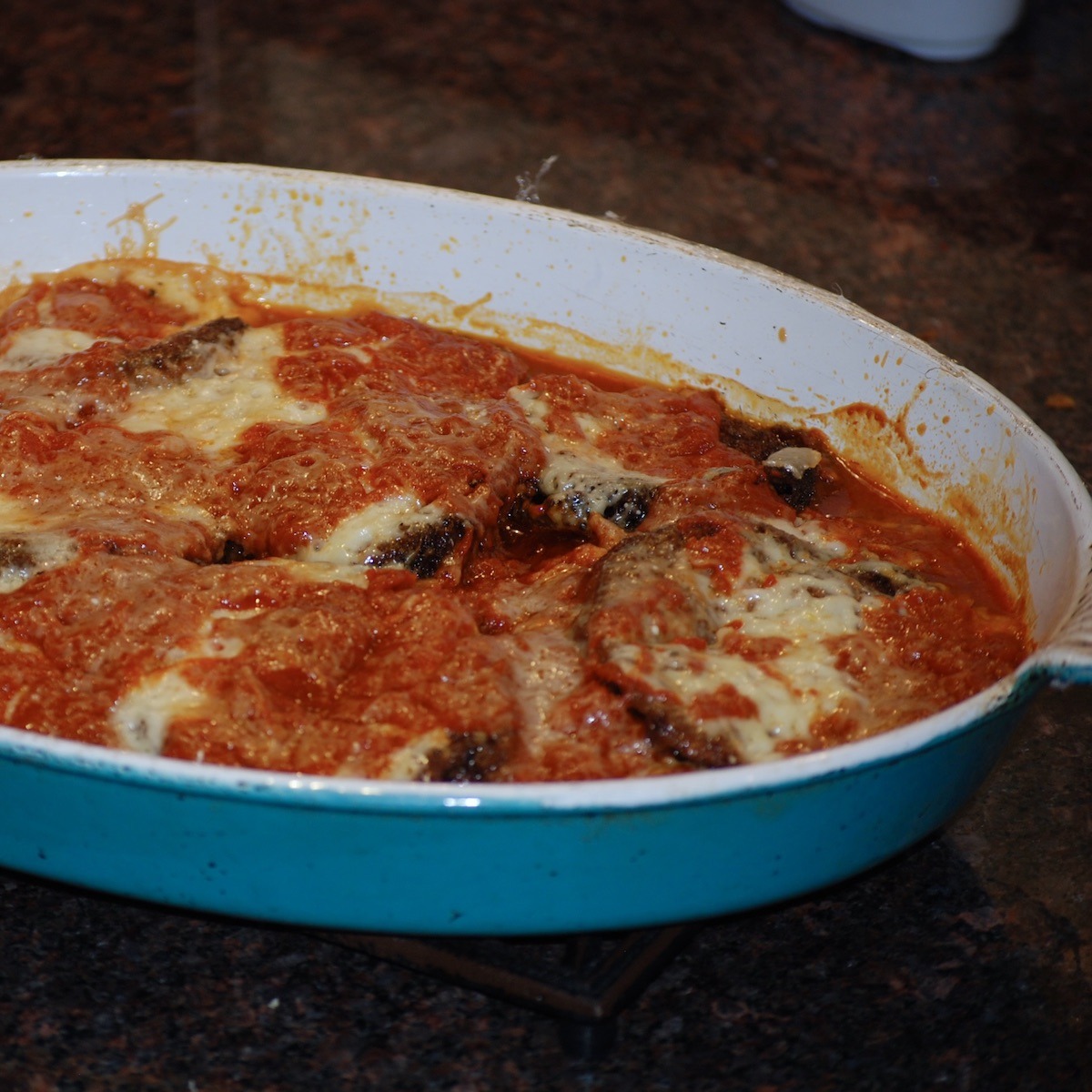
Eggplant Parmigiana
Ingredients
- 2 large eggplants sliced into ¼ inch rounds
- 1 cup all-purpose flour
- 2 eggs beaten
- 2 cups breadcrumbs
- ½ cup vegetable oil
- 1 cup Parmesan cheese freshly grated
- 2 cups tomato sauce
- 1 cup mozzarella cheese shredded
- 2 tablespoons fresh basil chopped
- salt and pepper to taste
Instructions
- Preheat your oven to 350°F (180°C).
- In a shallow dish, combine the flour, beaten eggs, and breadcrumbs.1 cup all-purpose flour, 2 eggs, 2 cups breadcrumbs
- Season the eggplant slices with salt and pepper. Dip each slice into the flour mixture, coating both sides. Shake off any excess.2 large eggplants, salt and pepper
- Heat the vegetable oil in a large skillet over medium heat. When the oil is hot, add the coated eggplant slices to the skillet and cook for 2-3 minutes on each side, or until they are golden brown.½ cup vegetable oil
- Transfer the cooked eggplant slices to a paper towel-lined plate to drain any excess oil.
- In a 9x13 inch baking dish, spread a layer of tomato sauce on the bottom. Arrange a layer of eggplant slices on top of the sauce. Sprinkle the eggplant with grated Parmesan cheese and shredded mozzarella cheese.2 cups tomato sauce, 1 cup mozzarella cheese, 1 cup Parmesan cheese
- Repeat the layering process until all of the eggplant, tomato sauce, and cheese have been used up, making sure to end with a layer of cheese on top.
- Cover the baking dish with foil and bake for 20 minutes. Then, remove the foil and bake for an additional 10 minutes, or until the cheese is melted and bubbly.
- Garnish the finished eggplant parmesan with fresh basil, and serve hot. Enjoy!2 tablespoons fresh basil

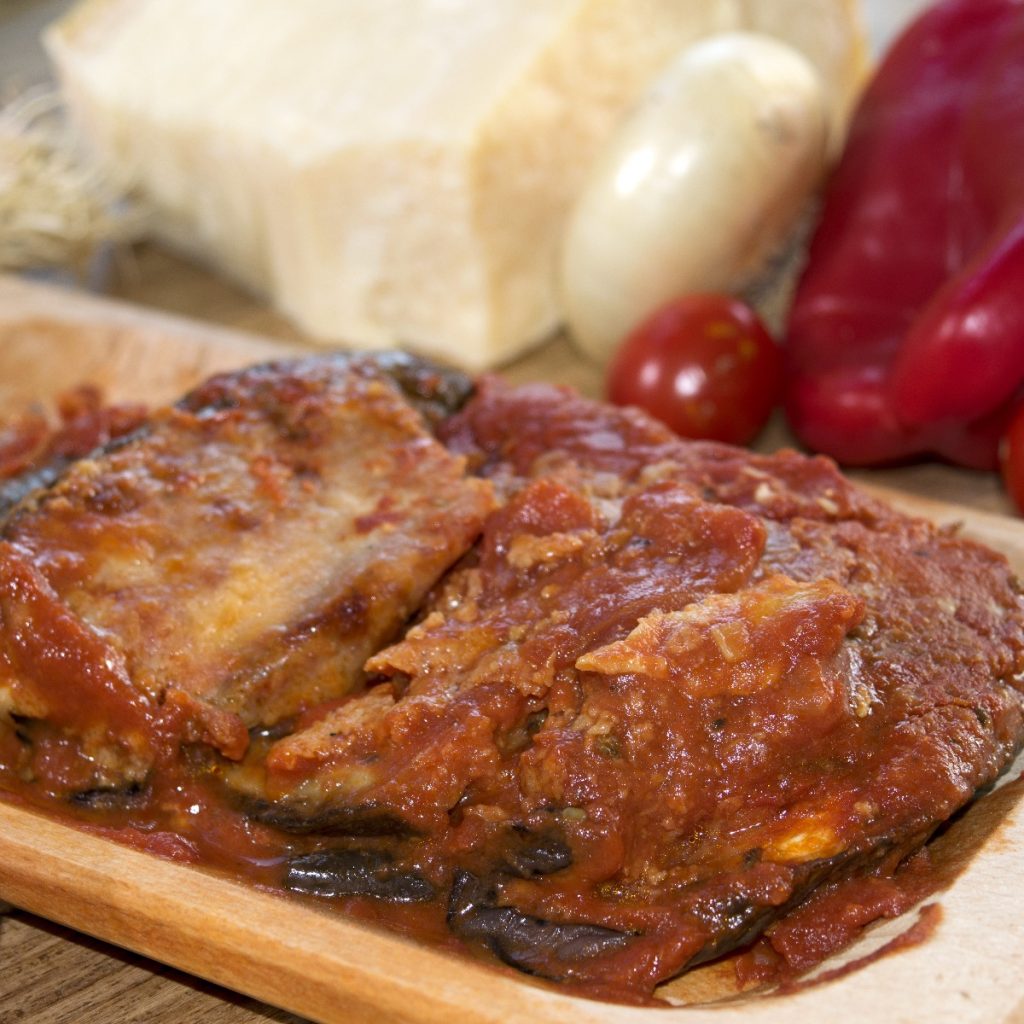
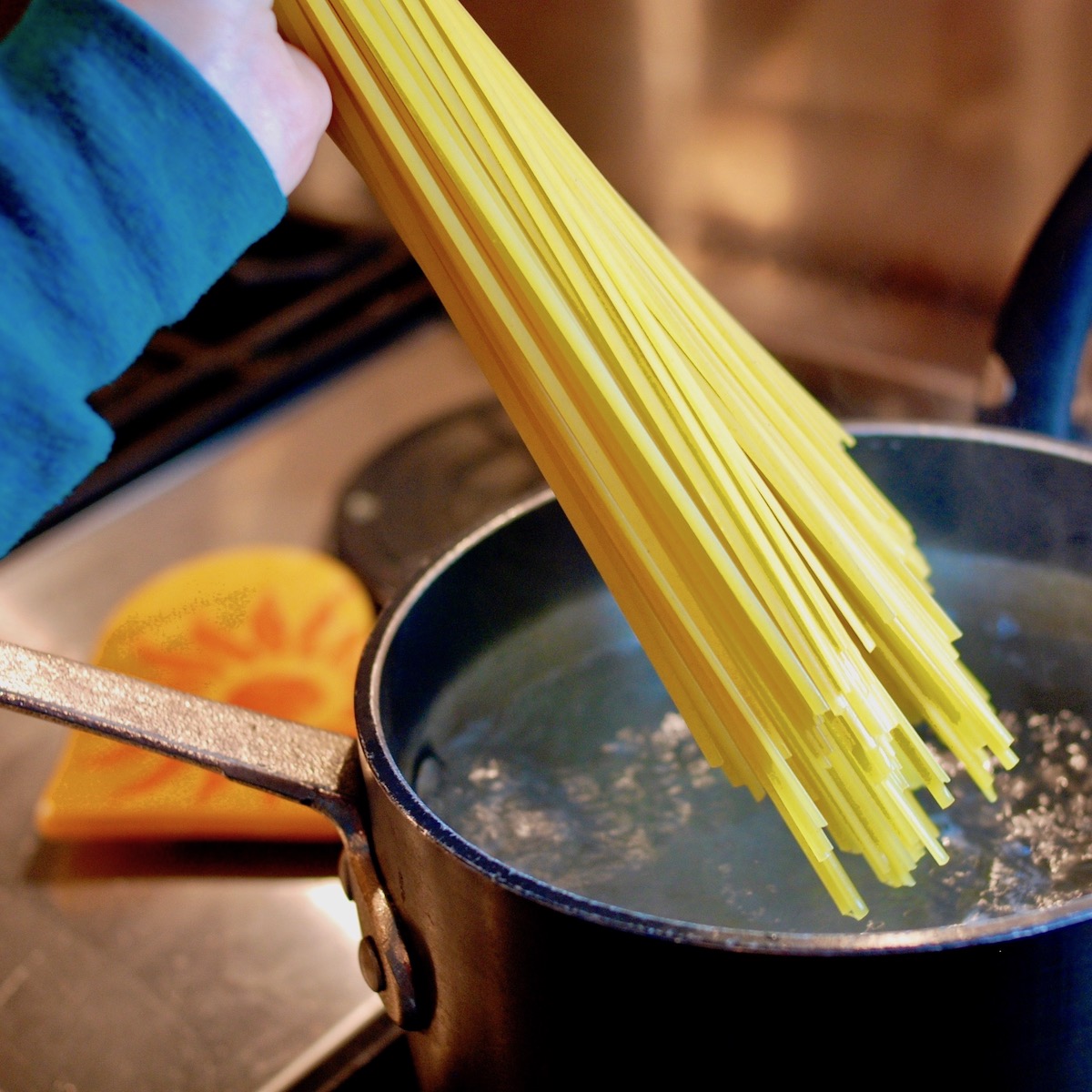
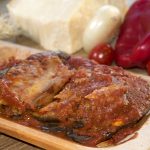


One Response
In Calabria sliced hard boiled eggs are almagamated – no bread crumbs are used – I make my own tomato sauce. I used cacciocavallo cheese.